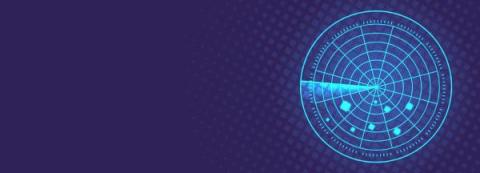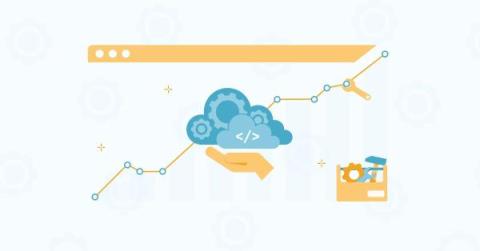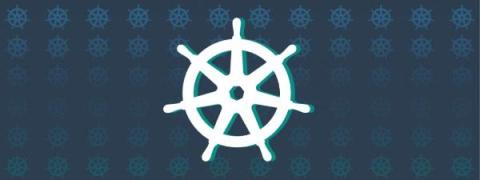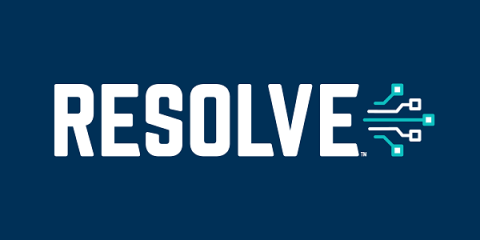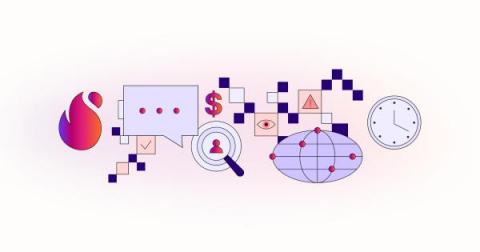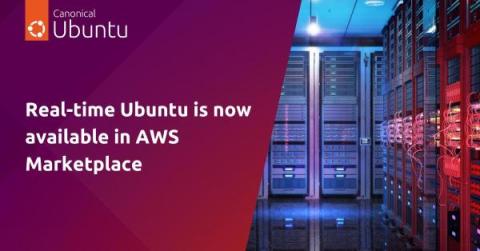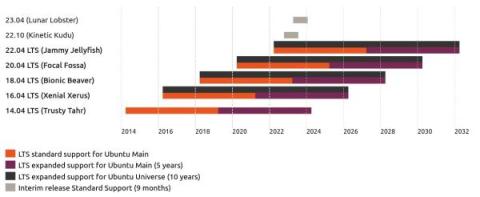What is a PaaS? A Definitive Guide
A platform as a service, or PaaS, is one of the three major cloud computing service models. In our opinion, it’s the only one that successfully delivers all benefits of the cloud to software developers, including control, cost-effectiveness, flexibility, and scalability. Of course, other as-a-service models are still useful. In fact, all three main cloud computing models offer different advantages to organizations.



